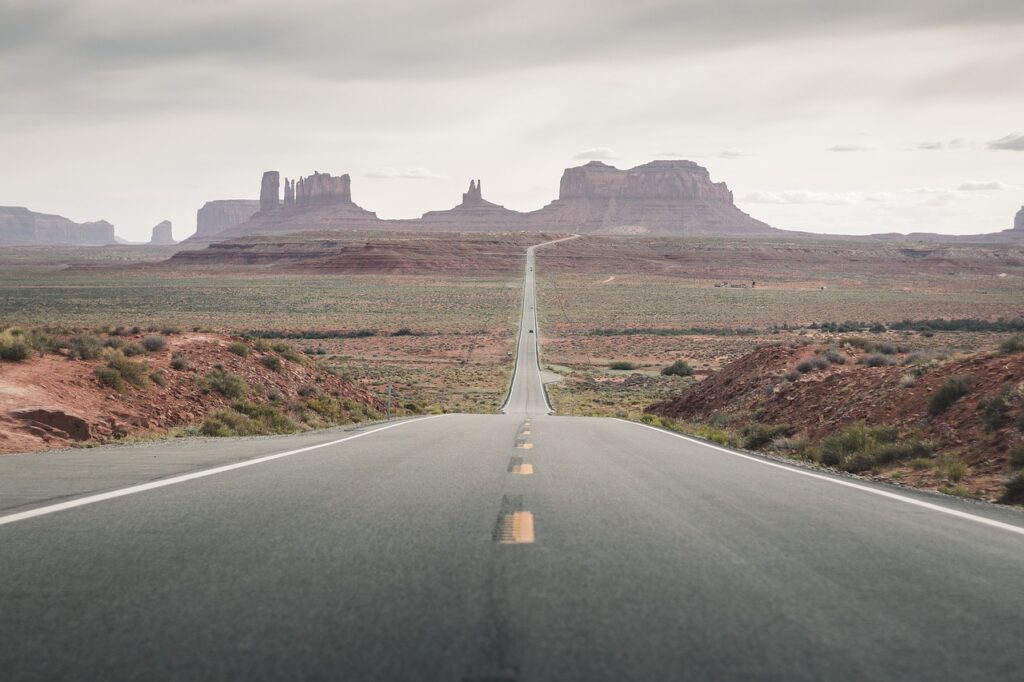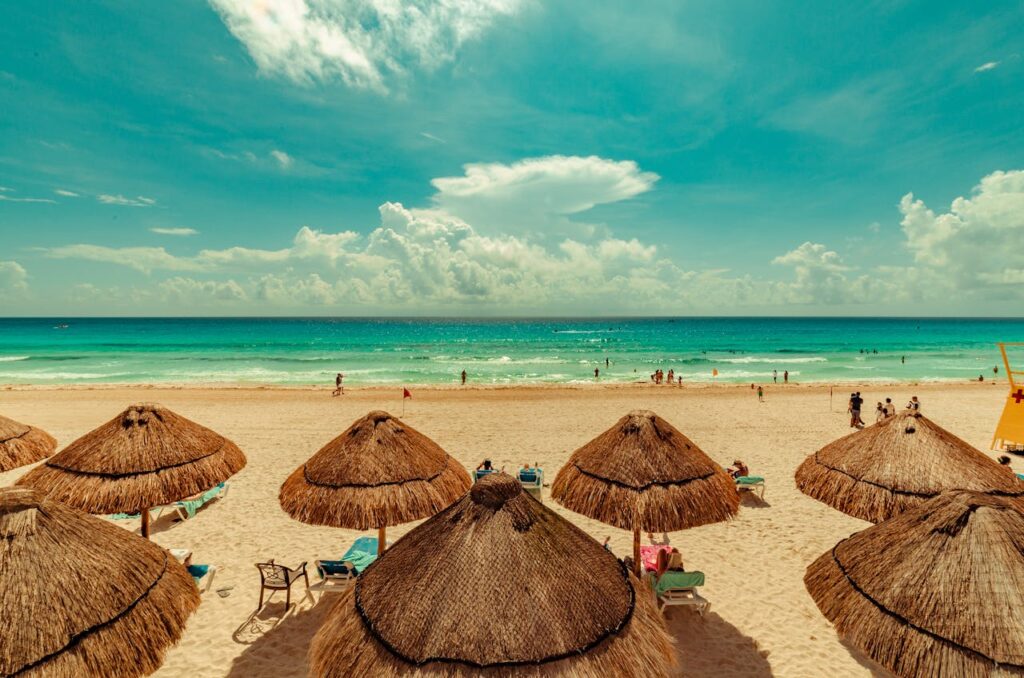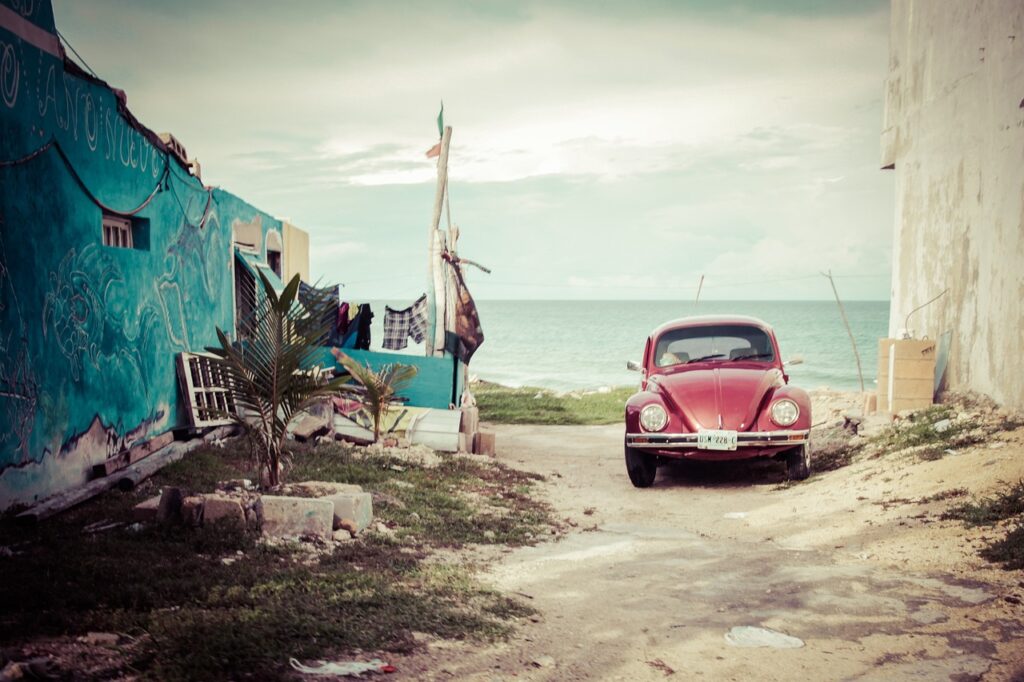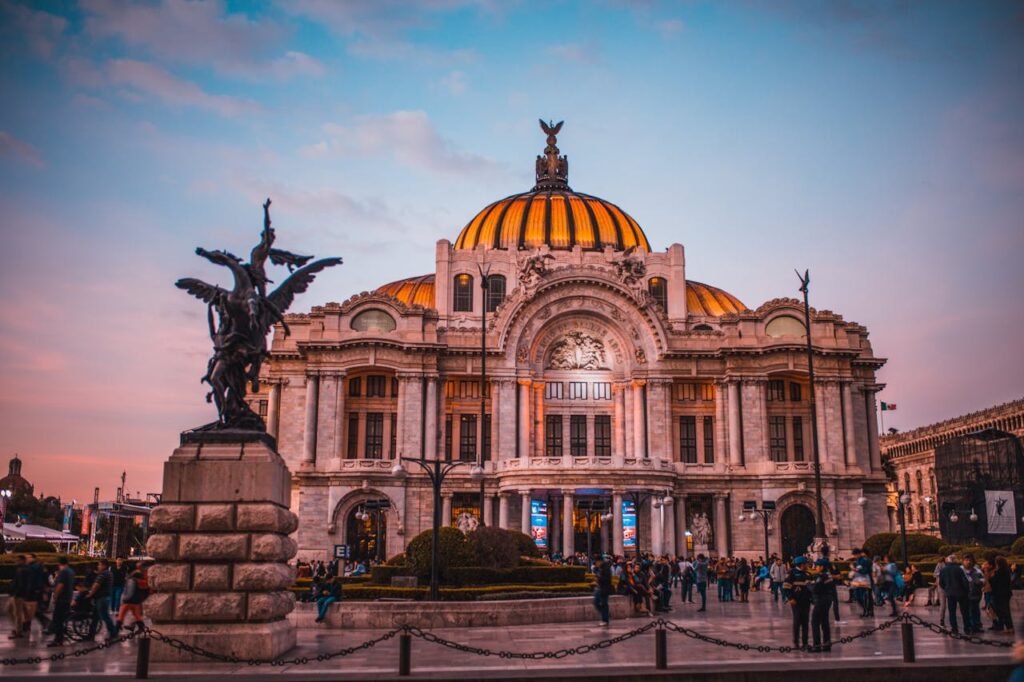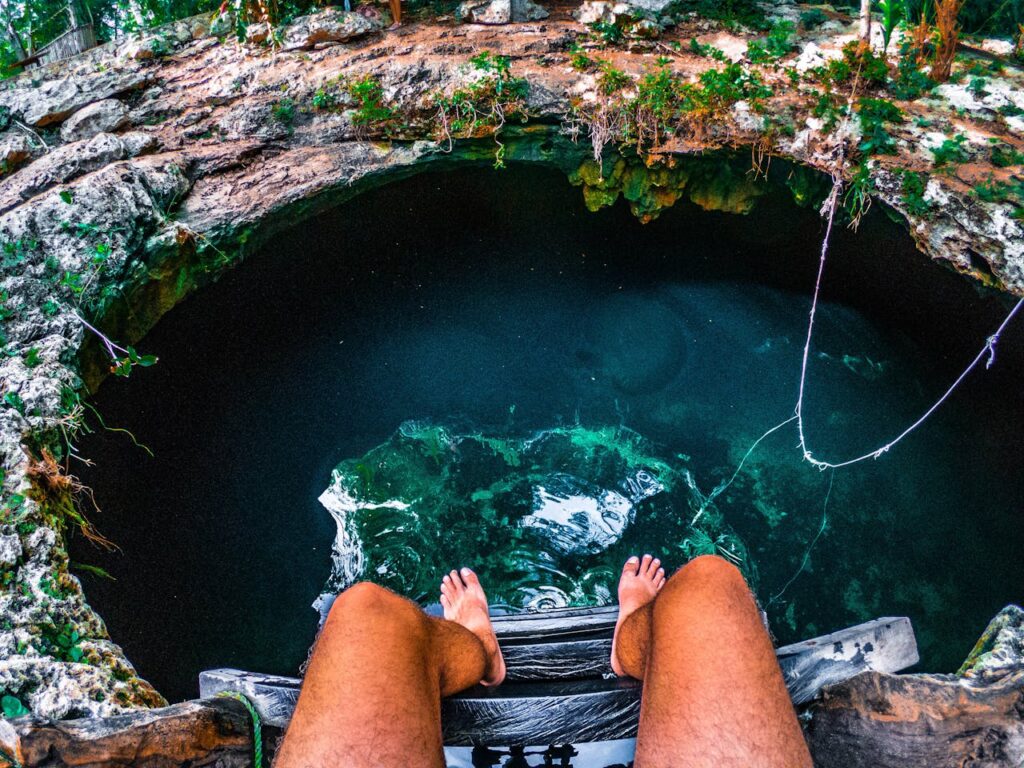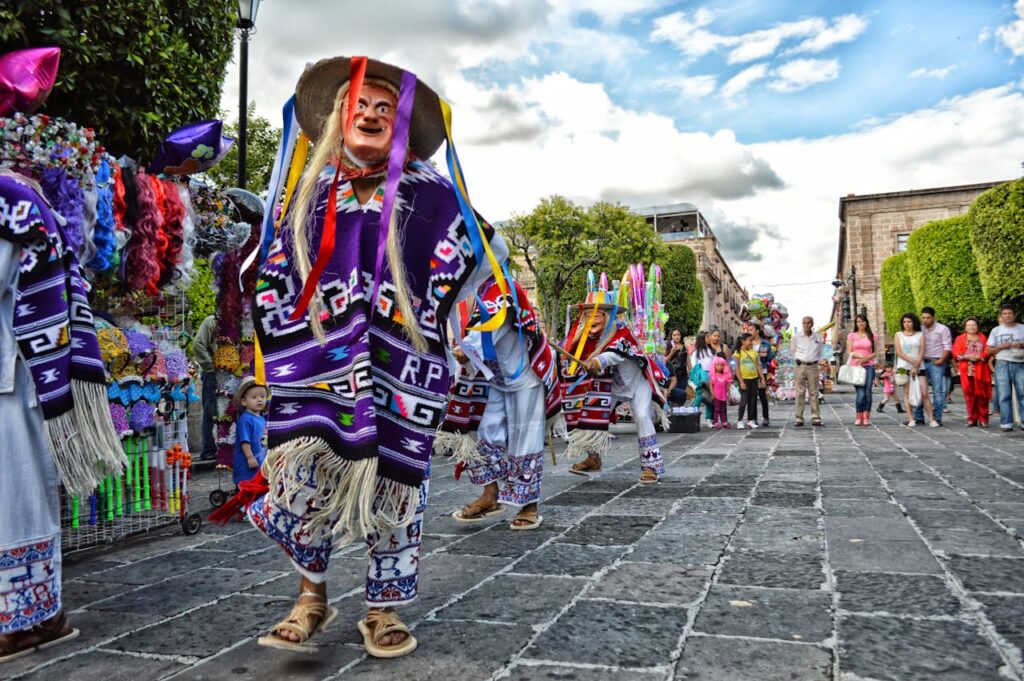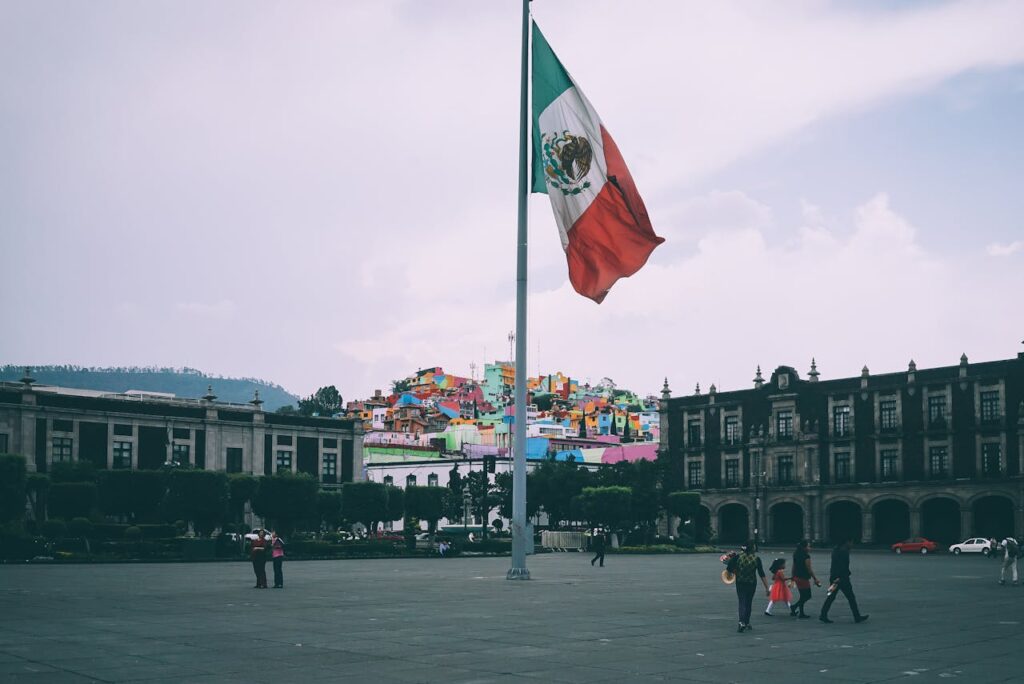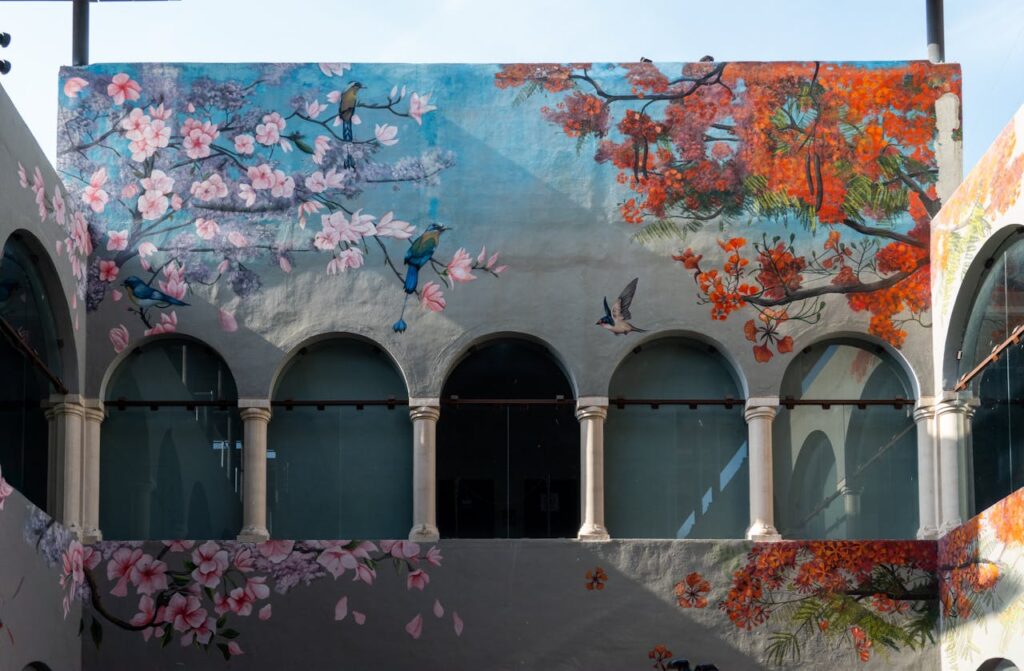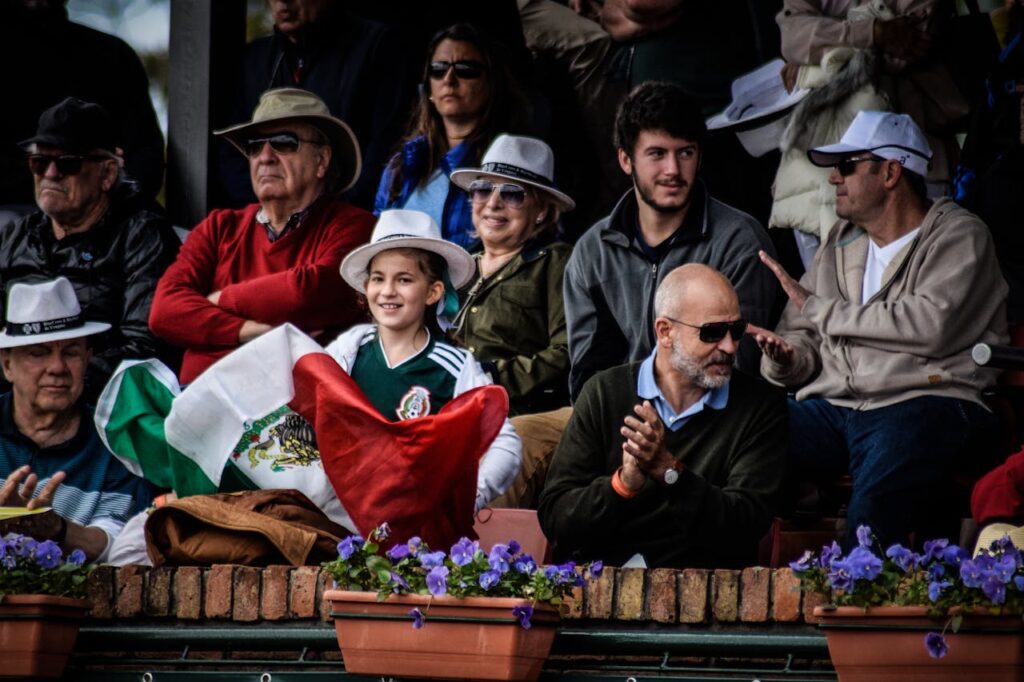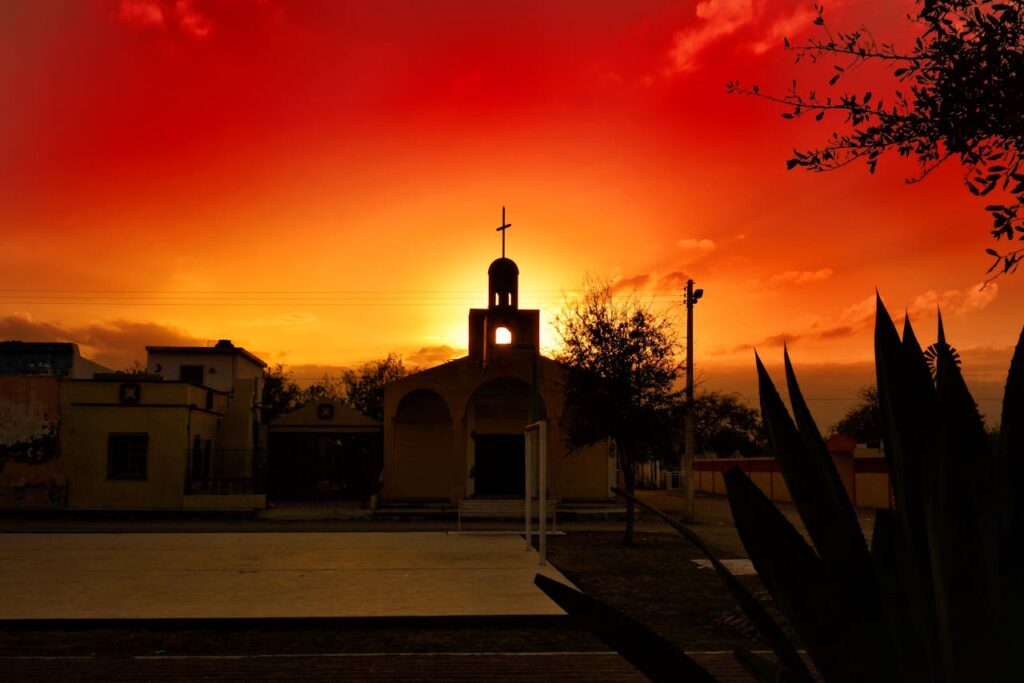Mexico City, the bustling capital of Mexico, is a vibrant metropolis that offers a rich blend of history, culture, and modernity. As one of the largest cities in the world, Mexico City is a hub of diverse attractions, from ancient Aztec ruins and colonial architecture to world-class museums and contemporary art galleries. The city’s neighborhoods, each with its own unique charm, provide a diverse range of experiences for visitors. Here are some of the best places to visit in Mexico City, Mexico:
Best Places to Visit
1. Zócalo (Plaza de la Constitución)
The Zócalo, also known as Plaza de la Constitución, is the main square in Mexico City and one of the largest city squares in the world. It has been a central gathering place since the Aztec era and is surrounded by some of the city’s most important buildings, including the Metropolitan Cathedral, the National Palace, and the Templo Mayor. The square is often the site of cultural events, concerts, and public demonstrations. Visitors can explore the historic buildings, enjoy the vibrant atmosphere, and learn about Mexico’s rich history.
- Key Attractions: Metropolitan Cathedral, National Palace, Templo Mayor.
- Activities: Sightseeing, exploring, attending events.
- Location: Historic center of Mexico City.
2. Palacio de Bellas Artes
The Palacio de Bellas Artes is an iconic cultural center in Mexico City, known for its stunning Art Nouveau and Art Deco architecture. The building houses the National Museum of Architecture, the National Museum of Fine Arts, and a grand theater that hosts performances ranging from ballet and opera to traditional Mexican music. The interior features beautiful murals by famous Mexican artists such as Diego Rivera and David Alfaro Siqueiros. The Palacio de Bellas Artes is a must-visit for art and culture enthusiasts.
- Key Attractions: Art Nouveau architecture, murals, cultural performances.
- Activities: Art appreciation, attending performances.
- Location: Historic center of Mexico City.
3. Chapultepec Park (Bosque de Chapultepec)
Chapultepec Park, one of the largest urban parks in the world, is a sprawling green space in the heart of Mexico City. The park is home to numerous attractions, including the Chapultepec Castle, the National Museum of Anthropology, the Modern Art Museum, and the Chapultepec Zoo. Visitors can enjoy a leisurely stroll through the park, rent a paddleboat on the lake, or explore the various museums and historical sites. Chapultepec Park is a popular destination for families, nature lovers, and history buffs.
- Key Attractions: Chapultepec Castle, National Museum of Anthropology.
- Activities: Museum visits, outdoor activities, picnicking.
- Location: Miguel Hidalgo district, Mexico City.
4. Museo Frida Kahlo (La Casa Azul)
The Museo Frida Kahlo, also known as La Casa Azul, is the former home of the renowned Mexican artist Frida Kahlo. Located in the charming neighborhood of Coyoacán, the museum showcases Kahlo’s personal belongings, artworks, and memorabilia, offering a glimpse into her life and artistic journey. The vibrant blue house, filled with Kahlo’s original paintings, sketches, and photographs, provides a deep insight into her world. The museum also features a beautiful garden and a gift shop.
- Key Attractions: Frida Kahlo’s artworks, personal memorabilia.
- Activities: Museum exploration, learning about Frida Kahlo.
- Location: Coyoacán, Mexico City.
5. Teotihuacan
Teotihuacan, an ancient Mesoamerican city located just outside Mexico City, is one of the most significant archaeological sites in Mexico. The site is famous for its massive pyramids, including the Pyramid of the Sun and the Pyramid of the Moon, as well as the Avenue of the Dead and the Temple of the Feathered Serpent. Visitors can climb the pyramids, explore the ancient ruins, and visit the on-site museum to learn about the history and culture of the Teotihuacan civilization. The site offers breathtaking views and a fascinating glimpse into Mexico’s ancient past.
- Key Attractions: Pyramid of the Sun, Pyramid of the Moon.
- Activities: Climbing pyramids, exploring ruins.
- Location: 50 kilometers northeast of Mexico City.
6. Coyoacán
Coyoacán is a historic neighborhood in Mexico City known for its bohemian atmosphere, cobblestone streets, and colonial architecture. The area is home to a vibrant arts scene, numerous cafes, and artisan markets. Key attractions include the Jardín Centenario, a beautiful central plaza, and the Parroquia de San Juan Bautista, a historic church. Coyoacán is also famous for its connection to artists Frida Kahlo and Diego Rivera, with several sites dedicated to their legacy. Visitors can explore the charming streets, shop for local crafts, and enjoy the lively ambiance.
- Key Attractions: Jardín Centenario, Parroquia de San Juan Bautista.
- Activities: Shopping, dining, exploring.
- Location: Southern Mexico City.
7. Xochimilco
Xochimilco, known for its colorful trajineras (traditional boats), is a popular destination for visitors looking to experience Mexico City’s traditional waterways. The canals of Xochimilco are remnants of the vast lake and canal system that once connected the Valley of Mexico. Visitors can take a leisurely boat ride along the canals, enjoy live music, and sample traditional Mexican food from floating vendors. Xochimilco is also home to the famous floating gardens, or chinampas, a UNESCO World Heritage Site.
- Key Attractions: Trajineras, floating gardens (chinampas).
- Activities: Boat rides, live music, dining.
- Location: Southern Mexico City.
8. Plaza Garibaldi
Plaza Garibaldi is the heart of mariachi music in Mexico City. This lively square is filled with mariachi bands dressed in traditional charro outfits, offering serenades to visitors. The plaza is also home to the Museo del Tequila y el Mezcal, where visitors can learn about the history and production of these iconic Mexican spirits. Plaza Garibaldi is a vibrant cultural hub where visitors can enjoy live music, dance, and sample authentic Mexican drinks.
- Key Attractions: Mariachi bands, Museo del Tequila y el Mezcal.
- Activities: Enjoying live music, tequila tasting.
- Location: Historic center of Mexico City.
9. Torre Latinoamericana
The Torre Latinoamericana is a skyscraper in Mexico City that offers panoramic views of the city from its observation deck. Completed in 1956, the tower was one of the first major skyscrapers in Latin America and is considered an engineering marvel for its earthquake-resistant design. Visitors can take an elevator to the observation deck on the 44th floor, where they can enjoy 360-degree views of Mexico City and its surrounding areas. The tower also houses a museum, restaurants, and shops.
- Key Attractions: Observation deck, panoramic views.
- Activities: Sightseeing, dining.
- Location: Historic center of Mexico City.
10. Basilica of Our Lady of Guadalupe
The Basilica of Our Lady of Guadalupe is one of the most important religious sites in Mexico and a major pilgrimage destination for Catholics. The basilica complex includes the Old Basilica, built in the 16th century, and the New Basilica, a modern circular structure designed to accommodate thousands of worshippers. The site commemorates the apparition of the Virgin Mary to the indigenous peasant Juan Diego in 1531. Visitors can explore the basilica, view the original image of Our Lady of Guadalupe, and learn about the history and significance of this sacred site.
- Key Attractions: Old Basilica, New Basilica.
- Activities: Pilgrimage, exploring the basilica.
- Location: Northern Mexico City.
Summary Table
| Place | Description | Key Attraction | Distance from City Center |
|---|---|---|---|
| Zócalo | Main square with historic buildings | Metropolitan Cathedral, National Palace | Historic center |
| Palacio de Bellas Artes | Iconic cultural center with Art Nouveau architecture | Murals, cultural performances | Historic center |
| Chapultepec Park | Large urban park with museums and attractions | Chapultepec Castle, National Museum of Anthropology | Miguel Hidalgo district |
| Museo Frida Kahlo | Former home and museum of Frida Kahlo | Artworks, personal memorabilia | Coyoacán |
| Teotihuacan | Ancient Mesoamerican city with massive pyramids | Pyramid of the Sun, Pyramid of the Moon | 50 km northeast of Mexico City |
| Coyoacán | Historic neighborhood with colonial charm | Jardín Centenario, artisan markets | Southern Mexico City |
| Xochimilco | Traditional canals with colorful trajineras | Trajineras, floating gardens | Southern Mexico City |
| Plaza Garibaldi | Lively square with mariachi bands | Museo del Tequila y el Mezcal | Historic center |
| Torre Latinoamericana | Skyscraper with panoramic views of the city | Observation deck | Historic center |
| Basilica of Our Lady of Guadalupe | Major pilgrimage site and religious complex | Old Basilica, New Basilica | Northern Mexico City |
How to Reach Mexico City
By Plane
Mexico City is served by Benito Juárez International Airport, located about 10 kilometers east of the city center. The airport offers numerous domestic and
international flights. Visitors can take taxis, shuttles, or the metro to reach the city center.
By Bus
Mexico City is well-connected by bus to other major cities in Mexico. The city has several bus terminals, including Terminal de Autobuses de Pasajeros de Oriente (TAPO) and Terminal de Autobuses de Norte, offering frequent services.
By Car
Mexico City can be reached by car via major highways. However, traffic can be heavy, so visitors should plan their route and travel time accordingly.
Best Time to Visit Mexico City
The best time to visit Mexico City is during the dry season, from November to April, when the weather is mild and pleasant. The city experiences a temperate climate with warm days and cool nights. The rainy season (May to October) can bring afternoon showers but also vibrant greenery and pleasant temperatures. Mexico City is a year-round destination, with numerous cultural events and festivals throughout the year.
Travel Tips
- Local Cuisine: Mexico City offers a wide range of traditional Mexican dishes, including tacos, tamales, and chiles en nogada. Be sure to try street food at local markets and restaurants.
- Cultural Insights: Mexico City has a rich cultural heritage, influenced by pre-Hispanic, colonial, and modern Mexican traditions. Visitors can explore the city’s museums, historic sites, and cultural centers to learn more about its history.
- Safety Tips: Mexico City is generally safe for tourists, but it’s important to take standard precautions. Keep valuables secure, avoid carrying large sums of money, and be cautious when exploring less crowded areas. Stick to well-lit and busy places, particularly around tourist attractions.
Itinerary Suggestions
One-Day Trip
- Morning: Start your day at the Zócalo, exploring the Metropolitan Cathedral and Templo Mayor. Visit the Palacio de Bellas Artes to admire its architecture and murals.
- Afternoon: Have lunch at a local restaurant and visit the National Museum of Anthropology in Chapultepec Park. Enjoy a stroll through the park and visit the Chapultepec Castle.
- Evening: Head to Plaza Garibaldi for a lively evening of mariachi music and dinner. If time permits, visit the Torre Latinoamericana for panoramic views of the city.
Weekend Getaway
- Day 1: Explore the historic center, including the Zócalo, Palacio de Bellas Artes, and Torre Latinoamericana. In the afternoon, visit the Museo Frida Kahlo in Coyoacán and explore the charming neighborhood.
- Day 2: Take a day trip to Teotihuacan and explore the ancient pyramids and ruins. In the evening, return to Mexico City and enjoy dinner in one of the city’s vibrant neighborhoods.
Mexico City’s rich history, cultural diversity, and vibrant atmosphere make it a must-visit destination in Mexico. Whether you’re exploring its ancient ruins, enjoying its culinary delights, or immersing yourself in its arts and culture, Mexico City promises an unforgettable experience.

